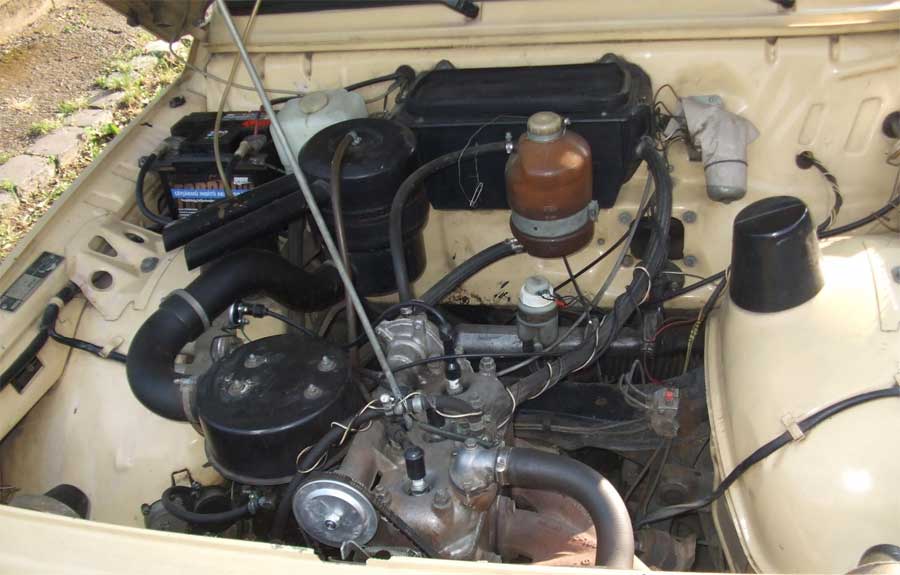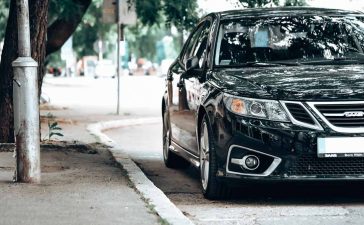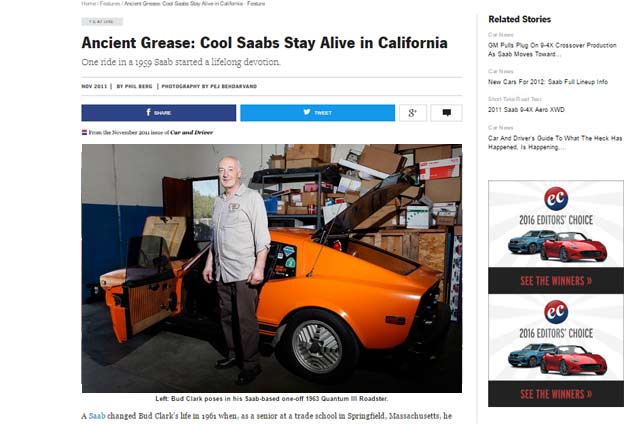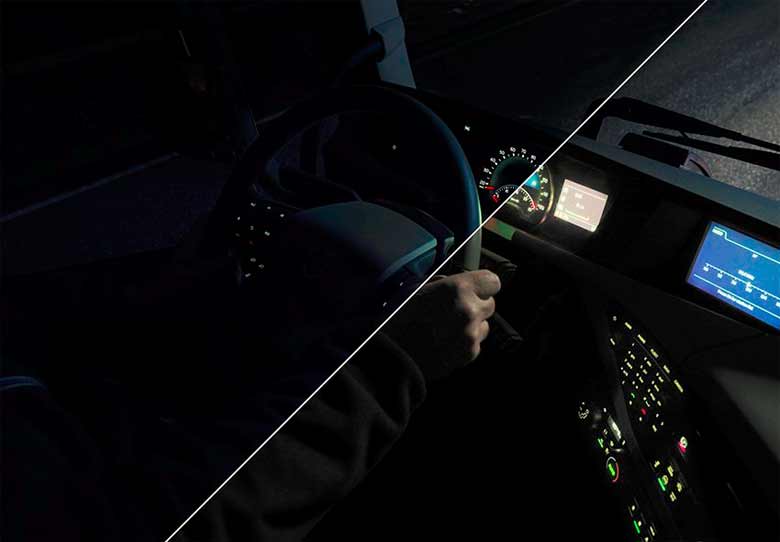Wartburg, Dixi, BMW, EMW, Wartburg and soon then Opel. It is the short version of the story of the car factory in East German Eisenach, where the first car was built as early as the end of the 19th century. BMW owned the Wartburg plant before it was confiscated, but has not yet asked for it back.
After the fall of the “Berlin Wall”, it was obvious that this East German car brand would go down in history. At that time, in the late 1980s, a total of 9,500 workers were working on the Wartburg production line. They produced 75,000 cars a year, divided into 60,000 limousines and 15,000 station wagons. In addition, 300,000 Volkswagen engines were manufactured. The majority of the engines were exported to West Germany.
Table of Contents
Wartburg History
When people in Sweden were still nailing together horse-drawn carriages, a car was built in Eisenach. On December 3, 1896, it was ready to go. It was called Wartburg and had a 4-stroke engine and a 3-speed gearbox. The top speed was 40 km/h. From 1904 the cars were called Dixi. In 1927, Eisenacher Dixi-Werk bought the license rights to Austin Seven. It was produced in 9,308 copies until 1929, when BMW bought the factory. BMW owned and operated the car factory until the German capitulation in 1945.
During the war, parts for the dreaded V-1 bombs were manufactured there, among other things. After 1945, when Eisenach ended up in the Russian zone, some enthusiasts at the factory continued to build cars that they called BMW. It was stopped by the parent factory in Munich, which sued the dealer of the East BMW in West German Stuttgart in court. East BMW lost the process and was renamed EMW. Bayerische Motoren Werke became Eisenacher Motoren Werke, but the cars looked much the same for it.
Similarities between Saab and Wartburg
Then in the late 80s of the last century, many Swedes noticed a resemblance to the Saab. Then, outside Mariehamn on Åland, there was a completely empty and locked car park. Outside stood rows of brand new Wartburg, small square, very primitive cars for that time. We all remember, it was 1989 – exactly the mid-production of the Saab 9000, imagine and compare one Saab 9000 and one Wartburg – they were technologically light years away.

However, some owners and connoisseurs of Saab cars did not understand why there are so many similarities between Saab and Wartburg when you look under the hood.
Through the wheel arches, which lacked inner fenders, and through the front grille, you could spot similarities with classic Saab cars. It seemed to some that the entire drivetrain had been copied from SAAB 93 or 96.
DKW as a connection
In fact, Wartgurg has similar roots to Saab cars, and their connection is DKW. Saab drew inspiration for its first engines from DKW (In the very first prototype – the one called Ursaab at Saab’s museum – the powertrains from a DKW were used). Wartburg has its roots in BMW, or rather in BMW’s factory in Eisenach, which ended up in East Germany after World War II.
Initially, these cars were called BMW, but after pressure from BMW in West Germany, in 1952 they changed the name of their cars to EMW (Eisenacher Motoren Werk). Auto Union (which included DKW, among others) also had a factory that ended up in East Germany, the one in Zwickau.
There, they continued to build modified pre-war DKW under the name IFA. The production of IFA was moved to Eisenach in 1953 and in 1956 it was replaced by the modern Wartburg which was partly based on the old DKW / IFA models.
In a quick comparison, the engines from Wartburg and Saab look the same, but if you look more closely you see that they are not from the same source.











